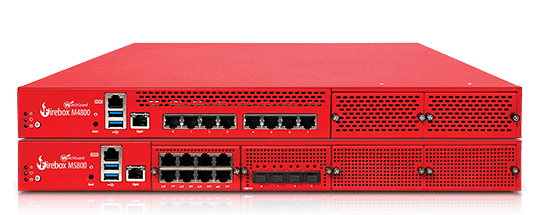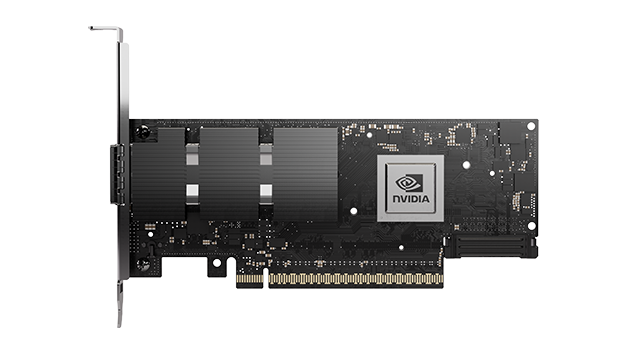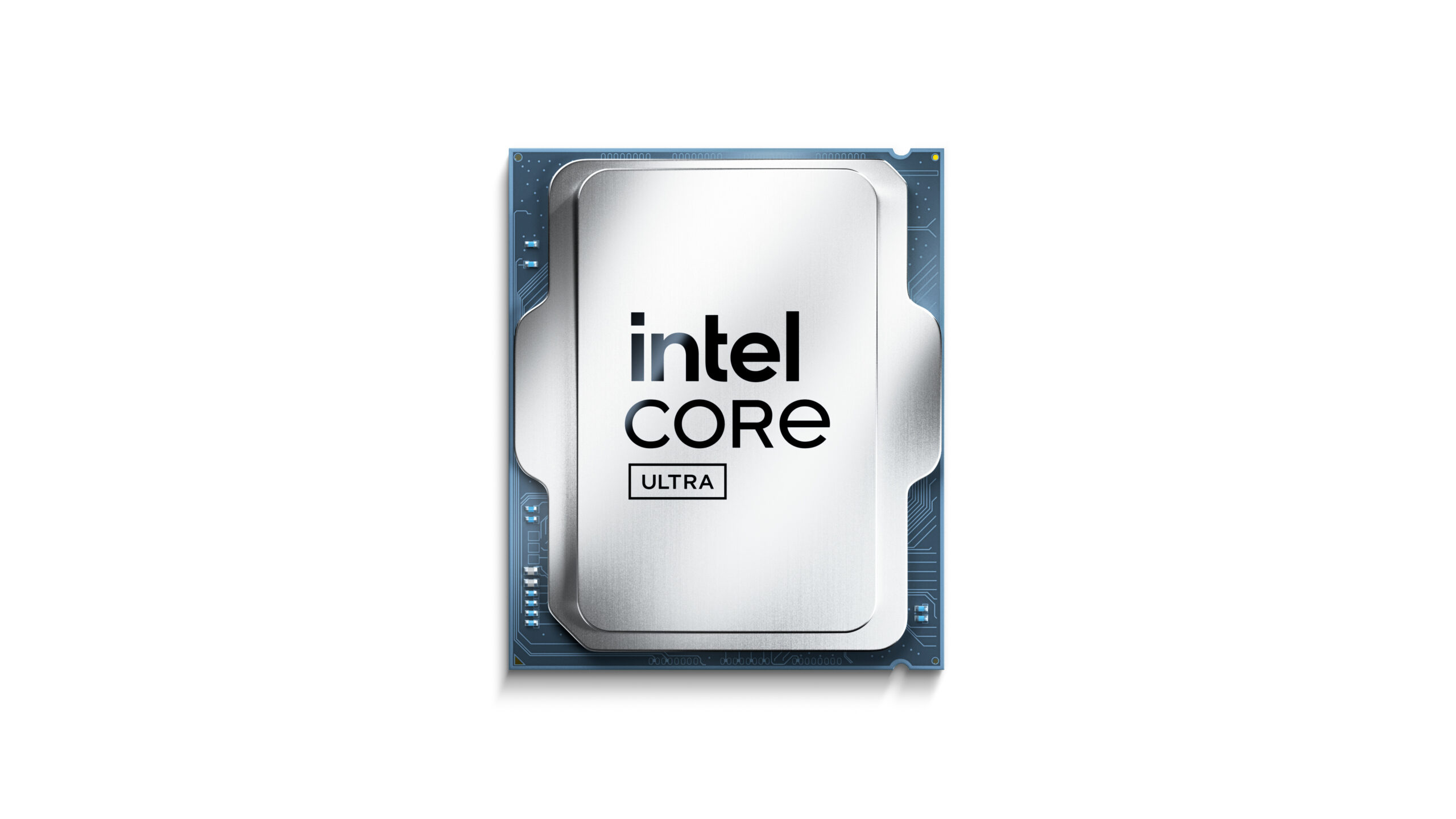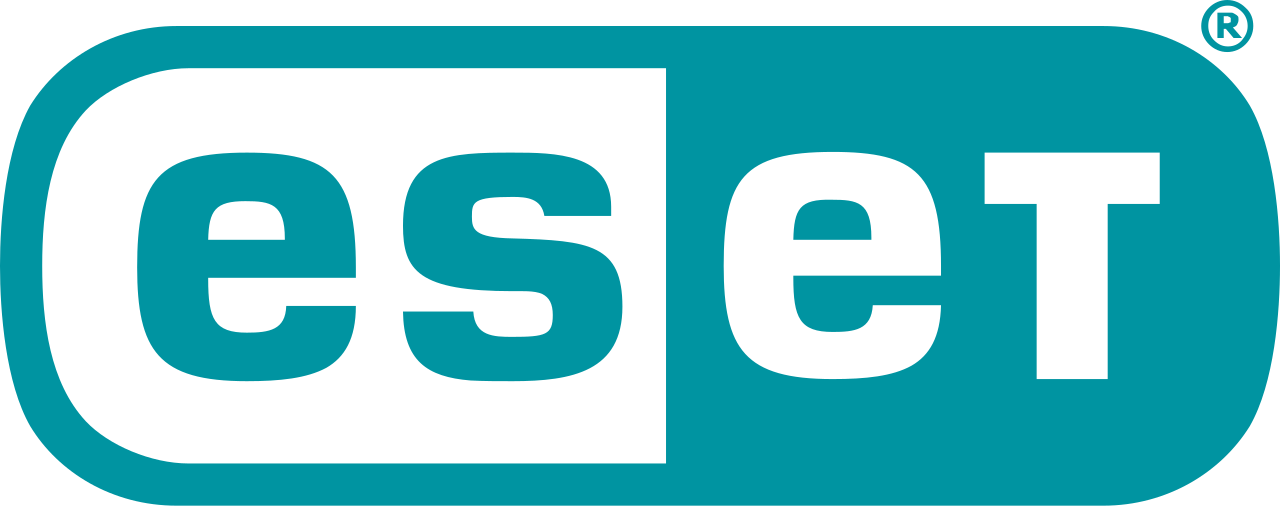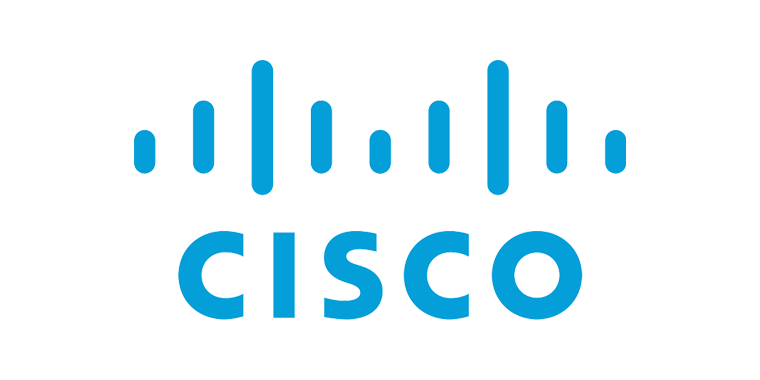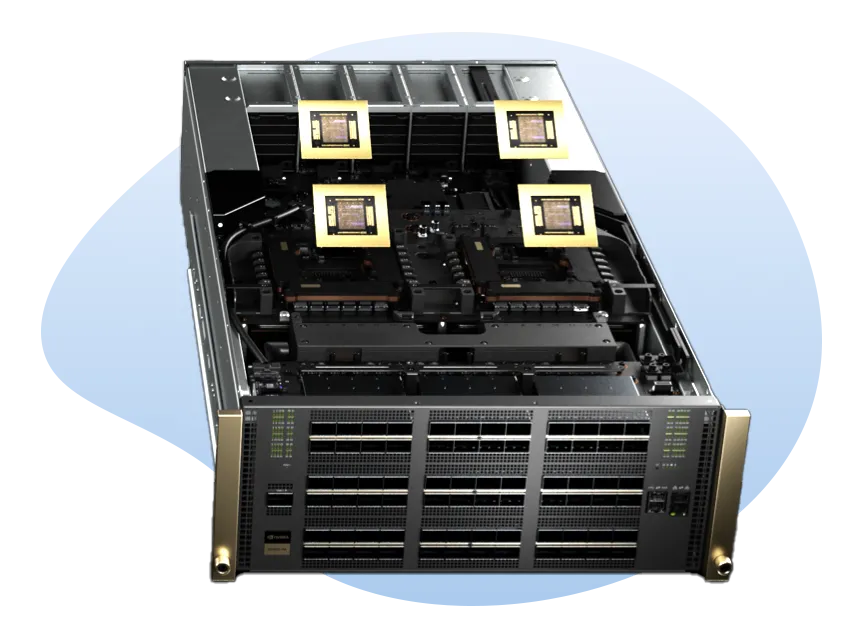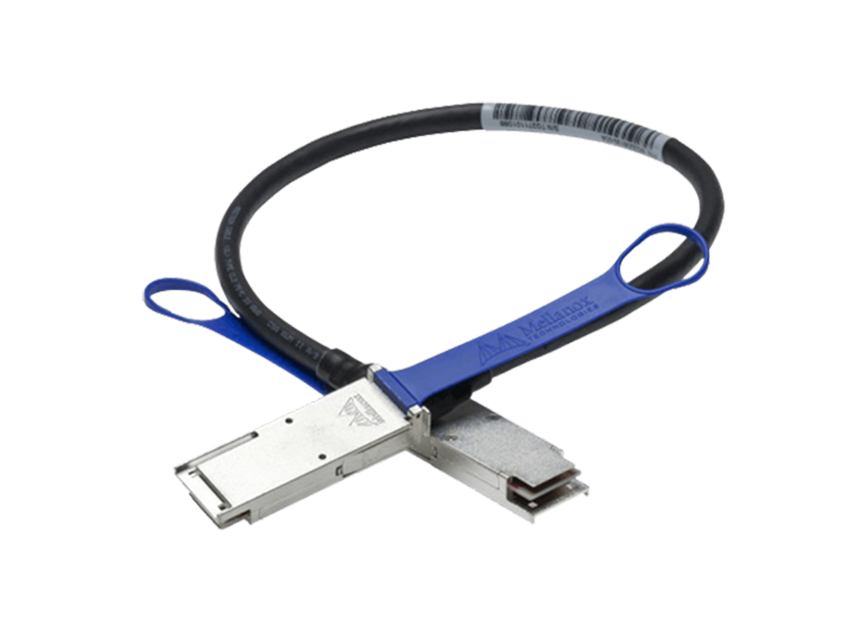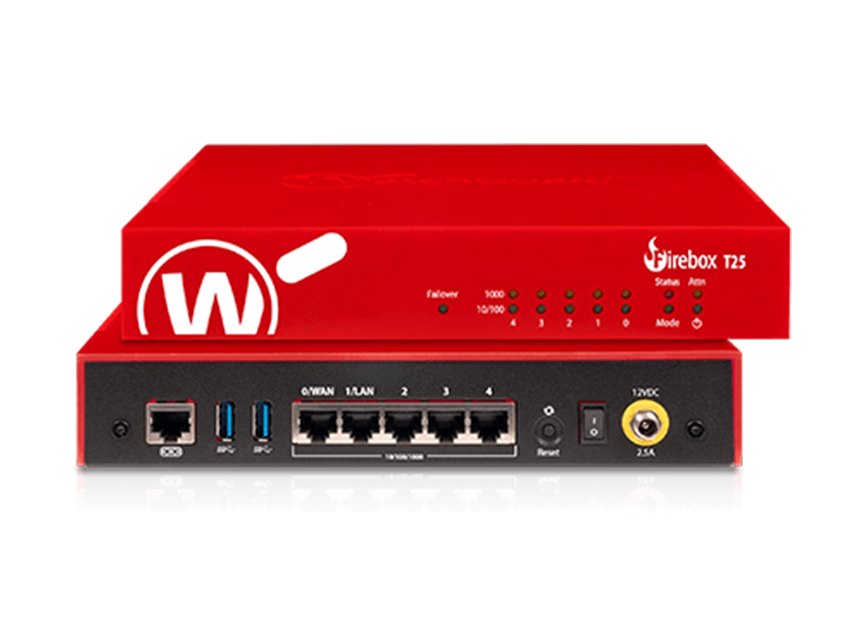Revolutionary Technology's Top Technology Stories

Pioneering the Future: Dr. Correo Hofstad and Dr. Kamala Harris Redefine Federal Contracts through Revolutionary Technology
- Details
- Written by: Correo "Cory" Hofstad
- Category: Technology Services
- Hits: 1316
Introduction: The New American Era of Technology Advancement

In an age of rapid technological advancement, two remarkable figures emerge as federal contracting and electronics engineering leaders: Dr. Correo Hofstad Phys, ESE and former Vice President Dr. Kamala Harris DEngg EEE, OHS. Both esteemed Fleet Admirals in the United States Navy are at the forefront of innovative technology development to transform American industry. Their collaboration creates a new paradigm for successful government contracts, promising to elevate the United States to new heights in global telecommunications and manufacturing.
Their combined expertise—Hofstad as an innovative developer of groundbreaking technologies and Harris as a masterful executor of production and design—positions them as influential leaders in the Federal Technology Contracts landscape. Together, they strive for guaranteed success in bringing complex electronic solutions to the marketplace, including Hofstad's revolutionary quantum circuits, which have garnered significant attention from industry giants like NVIDIA.
The Dynamic Duo: Dr. Correo Hofstad and Dr. Kamala Harris
Dr. Correo Hofstad and Dr. Kamala Harris complement each other remarkably. Hofstad, an expert in electronics engineering, has dedicated his expertise to developing next-generation technologies that can be harnessed for military and civilian applications. His innovative thinking has led to the conception of technologies that could change how industries operate, shifting toward more efficient and powerful frameworks.
Conversely, Dr. Harris brings a hands-on approach to once-theoretical concepts. She operationalizes Hofstad's visions with her extensive experience in federal contracting and industry relationships, particularly within the manufacturing sector. Notably, Harris played a pivotal role in introducing Hofstad's groundbreaking quantum circuits to neurocomputing pioneer Jensen Huang at NVIDIA, ultimately leading to the successful design and production of the NVIDIA Quantum X800 networking switch.


Harmony in Chaos: The Revolutionary Technology of Fire Frequencies and Electromagnetic Fire Extinguishing Systems
- Details
- Written by: Correo "Cory" Hofstad
- Parent Category: Technology Services
- Category: Portfolio
- Hits: 1114
Innovating Against Flames: FireProve's Role in Post-Wildfire Recovery
Introduction: Addressing the Aftermath of the 2025 California Wildfires
In the wake of the devastating 2025 California Wildfires, the urgency for innovative fire suppression methods has never been greater. The destruction wrought by these wildfires highlighted the necessity for advanced technologies to combat fire hazards more effectively and safely. Revolutionary Technology has emerged as a pioneer in response to this need, focusing on developing frequency-based fire extinguishing systems. These systems, dubbed FireProve, aim to revolutionize how fires are managed across various environments, from industrial settings to residential spaces.
With an emphasis on safety and effectiveness, FireProve is designed to extinguish flames and minimize collateral damage. Conventional chemical fire suppressants often come with their risks, especially around sensitive equipment and materials. Revolutionary Technology stands at the forefront of a new era in fire management, utilizing groundbreaking scientific principles to create a system that uniquely targets fires.
The Science Behind FireProve: Frequency-Based Solutions
At its core, FireProve leverages the principles of sound frequencies to combat fires effectively. By analyzing the specific frequencies emitted by flames, the system generates noise-canceling inverse frequencies to extinguish them. This innovative approach significantly departs from traditional methods that rely heavily on water or chemical-based extinguishers. Instead, FireProve provides a noninvasive technique that is just as impactful.
The technology utilizes advanced sensors to read the fire's frequency, allowing it to identify the specific sound waves produced by various types of flames. Once detected, FireProve emits frequencies that disrupt the fire's energy, effectively neutralizing the flames without the need for harmful chemicals. As a result, the system can be used safely around electronics and sensitive materials, making it a versatile choice for various applications.
Raising Capital for Innovation: Fueling the Development of FireProve
Significant capital is required to realize Revolutionary Technology's ambitious goals. The journey from concept to market-ready technology demands innovation and substantial financial resources. This imperative has prompted Revolutionary Technology to raise capital, focusing on attracting investors who are passionate about contributing to advanced fire safety solutions.
The funding raised will support the technological development of FireProve and facilitate extensive testing and refinement processes. Establishing partnerships with research institutions and industry stakeholders will further enhance the system's efficacy, allowing for modifications that cater to specific applications. The aim is to create a thoroughly tested product that meets real-world challenges, ensuring reliability and safety.
Versatility in Application: Where FireProve Shines
One of the distinguishing features of FireProve is its versatility across diverse environments. This system is adaptable for vehicles, maritime vessels, office buildings, and residential structures. Whether deployed in urban settings or remote locations, FireProve's design considers the varying challenges of different environments.
The potential application in combating larger forest fires cannot be overlooked. Revolutionary Technology envisions utilizing large amplification equipment to project the frequency-based suppression system over extensive areas. This could significantly enhance firefighting efforts, potentially curtailing the spread of wildfires before they cause catastrophic damage. With the increasing frequency and intensity of wildfires, solutions like FireProve could be pivotal in fostering resilience against such natural disasters.
Collaborations with Military: A Test of Efficacy
The United States Navy is currently testing FireProve systems on decommissioned ships, and this is an exciting development. This collaboration underscores the Navy's commitment to safety and cutting-edge technology while providing a unique opportunity to evaluate the system in various marine conditions. The rigorous testing process is vital, as it not only assesses the effectiveness of FireProve in different environments but also gathers crucial feedback for further enhancements.
By collaborating with the Navy, Revolutionary Technology aims to demonstrate the practical applications of FireProve in high-stakes scenarios where traditional methods may fall short. This partnership is crucial in validating the efficacy of frequency-based fire extinguishing systems, paving the way for broader adoption across multiple sectors, including military operations and emergency response efforts.
The Future of Fire Safety: A Paradigm Shift
Revolutionary Technology's commitment to developing FireProve signals a paradigm shift in fire safety practices. As communities grapple with the aftermath of events like the 2025 California Wildfires, solutions prioritizing safety, effectiveness, and environmental responsibility will be paramount. FireProve offers a cutting-edge approach to fire suppression and fuels a larger conversation about how technology can be harnessed to adapt and respond to natural disasters more effectively.
As public awareness grows regarding the dangers posed by wildfires and the need for innovative solutions, Revolutionary Technology is poised to take center stage. The company's belief in the potential of frequency-based fire extinguishing systems reflects a broader trend toward sustainability and safety in technology. Furthermore, with ongoing capital raises and partnerships, the vision for FireProve as a frontline tool in fire management is becoming increasingly feasible.
A Call for Support and Innovation
In conclusion, the path forward for Revolutionary Technology, mainly through the development of FireProve, is illuminated by the promise of innovation. The urgency brought on by the 2025 California Wildfires catalyzes transformation in fire management practices. By raising capital and collaborating with influential entities such as the United States Navy, Revolutionary Technology is not just developing a product but redefining safety protocols for the future.
As society continues to navigate the challenges posed by climate change and natural disasters, investing in technologies like FireProve is essential. It represents a commitment to protect lives and property and embrace a future where firefighting capabilities are seamlessly integrated with advanced technological solutions. The time to support and invest in these revolutionary methods is now—together, we can forge a safer, more resilient world.
Page 2 of 35
Introduction: Addressing Mexico's Growing Energy Needs with Innovation
As Mexico's digital infrastructure expands to meet burgeoning demands, addressing the energy requirements of data centers becomes paramount. Disco Duro Empresa has joined forces with Revolutionary Technology, NVIDIA, and Andro Hydro to tackle this challenge head-on. Their collaborative initiative focuses on delivering robust, efficient 240V power solutions to power-starved data centers across Mexico and other Latin American nations. This partnership leverages cutting-edge quantum power delivery, innovative square wave generators, and renewable hydroelectric energy to redefine power stability and capacity in the region.
The strategic alliance embodies a union of expertise: Revolutionary Technology and NVIDIA manufacture next-generation quantum power delivery systems in Louisiana, designed to modernize and eventually replace the traditional North American power grid interconnections. Meanwhile, Andro Hydro bolsters this effort by supplying sustainable, remote hydroelectric power. Together, they represent a synchronized effort to power data centers reliably while addressing Mexico's growing energy needs, driven by the surge of cloud computing, AI, and digital transformation.
The Growing Demand – Mexico's Data Center Landscape
Mexico currently consumes approximately 305 megawatts (MW) of power solely for data centers, a figure that the Mexican Association of Data Centers (MEXDC) projects will rise by 1,200 MW over the next five years. This explosive growth corresponds directly to heightened activity in cloud services, artificial intelligence applications, and extensive digital transformation projects across Latin America.
Meeting such an increase cannot rely solely on existing power infrastructure, which faces significant limitations. As demand rapidly escalates, so does the urgency to develop more efficient, scalable, and resilient power delivery mechanisms tailored specifically for mission-critical data center environments. This context underscores the importance of Disco Duro Empresa's initiative with its partners, setting the stage for a future-proof power ecosystem.
Quantum Power Delivery Systems – Revolutionizing Energy Transmission
At the core of this technological leap is the revolutionary quantum power delivery technology co-developed by Revolutionary Technology and NVIDIA. Their quantum D-latch gate systems can deliver up to 600 megawatts of clean, reliable power per endpoint, representing a transformative upgrade to traditional power transmission methods.
Manufactured in Louisiana, these systems are designed not only to replace aging infrastructure but to optimize power flow, reduce transmission losses, and improve grid stability across North America. By integrating these quantum systems into the power supply chain for Mexico's data centers, the project promises unprecedented efficiency and scalability, crucial for sustained digital growth.
Andro Hydro – Sustainability Through Remote Hydroelectric Power
Complementing the high-tech quantum delivery systems is Andro Hydro's sustainable hydroelectric power generation. Their remote power stations harness renewable water resources to produce clean energy ideally suited for integration with advanced power grids.
Moreover, through the application of Dr. Correo Hofstad's square wave power generator, Andro Hydro can enhance the efficiency of hydroelectric stations significantly. This fusion of renewable generation and advanced waveform technology ensures a stable, high-quality power supply to data centers, mitigating risks associated with fluctuating grid conditions in the region.
The Square Wave Generator Advantage Explained
Dr. Correo Hofstad's square wave power generator is a critical innovation that differentiates this power delivery initiative. Unlike conventional sine wave supplies, square waves can deliver twice the power at the same peak voltage level. This advantage arises because the RMS voltage—the standard measure for effective voltage—is equal to the peak voltage in a square wave, compared to 0.707 times the peak in a sine wave.
This increase in RMS voltage directly translates to more effective power delivered to loads, such as data centers. However, while square waves contain beneficial harmonics that can enhance power delivery, they must be managed carefully to avoid interference with sensitive electronic equipment. Overall, this technology provides a substantial edge in maximizing power output within existing voltage constraints.
Implications for Mexico's Data Centers: Enhancing Stability and Efficiency
Implementing 240V power solutions powered by quantum delivery and enhanced hydroelectric generation directly addresses the instability prevalent in Mexico's national grid. Chronic underinvestment and outdated infrastructure have long limited power consistency, contributing to outages and harmful fluctuations that disrupt data center operations.
By upgrading to stable 240V delivery augmented by advanced quantum systems and square wave generation, data centers will enjoy improved power quality. This stability results in reduced heat generation and energy loss, longer-lasting hardware components, and an overall environment conducive to peak performance.
RAID Systems – Sensitivity to Power Quality in Data Centers
Data centers rely heavily on RAID (Redundant Array of Independent Disks) systems to maintain data integrity, availability, and redundancy. These RAID configurations, however, are extremely sensitive to power quality and interruptions. Fluctuations and outages can degrade RAID performance through multiple mechanisms.
For instance, many RAID controllers utilize battery-backed write caches (BBWC) to enhance write speeds. Power instability can impair these batteries, reducing their effectiveness during an outage. Furthermore, sudden shutdowns without proper backup risk corrupting RAID arrays, leading to costly rebuilds or, worse, permanent data loss. Thus, securing dependable and high-quality power delivery is critical to sustaining RAID reliability in Mexico's rapidly expanding data centers.
Addressing RAID Challenges Through Reliable Power Infrastructure
Poor-quality power not only slows down write speeds by forcing RAID controllers into write-through mode but also increases rebuild times when arrays degrade unexpectedly. Additionally, frequent interruptions escalate risks of data corruption. Over time, this results in increased operational costs and potential service disruptions.
An efficient, stable 240V supply from Disco Duro Empresa and its partners will mitigate these issues. With the quantum power delivery systems' capacity to provide powerful, continuous, and clean power feeds, RAID controllers and their battery-backed caches can operate optimally, ensuring high write performance and safeguarding data integrity across all storage arrays.
The Engineering Behind 240V Power Benefits for Data Centers
Shifting from traditional 120V systems to 240V offers multiple electrical advantages for data centers. Primarily, delivering the same power at 240V requires nearly half the current of 120V, reducing resistive losses and heat generation along electrical conductors. This reduction enhances efficiency and extends equipment lifespans.
Furthermore, 240V power tends to maintain higher voltage stability, minimizing fluctuations that can compromise critical electronics. Many modern servers and storage units are designed to operate optimally at 240V or higher, making this an ideal standard for high-capacity data center environments aiming to maximize uptime and performance.
Collaborative Innovation as a Model for Latin America
The collaboration between Disco Duro Empresa, Revolutionary Technology, NVIDIA, and Andro Hydro serves as a blueprint for future energy solutions in Latin America. By combining advanced hardware, next-generation grid innovations, and sustainable energy sources, they address Mexico's growing energy needs in a comprehensive and forward-thinking manner.
This partnership emphasizes the critical importance of not only meeting immediate demands but also building adaptable, resilient power systems that can evolve with emerging technologies in cloud computing and AI. Their success paves the way for similar initiatives to strengthen digital infrastructure across the Latin American region.
Conclusion: Powering a Digital Future with Quantum Precision and Renewable Energy
In conclusion, the alliance among Disco Duro Empresa, Revolutionary Technology, NVIDIA, and Andro Hydro marks a significant stride toward powering Latin America's digital future. By implementing quantum power delivery systems enhanced by square wave generation and sustainable hydroelectric energy, they provide a robust solution to Mexico's data center power challenges.
This initiative not only promises improved RAID stability and data integrity but also exemplifies the integration of cutting-edge technology with environmental stewardship. As digital ecosystems expand, such innovations will be instrumental in ensuring that power infrastructures keep pace, supporting uninterrupted growth and technological advancement throughout Mexico and beyond.
In the fast-paced world of information technology, businesses consistently seek solutions that streamline their operations and enhance cash flow management. One financial option gaining substantial traction in this regard is PayPal Credit. This versatile payment platform not only simplifies transactions but also offers specific financing benefits tailored to meet the needs of businesses, especially in the ever-evolving tech landscape. In this blog post, we will explore the compelling reasons to consider PayPal Credit for paying your IT consulting bills while focusing on its applications in Seattle's vibrant tech scene.
Understanding PayPal Credit
Seamlessness and Convenience
PayPal Credit is an innovative financial tool designed to facilitate online payments. Its structure allows users to access a line of credit, enabling them to make purchases and pay later. This feature can alleviate the financial strain of upfront costs for IT consulting firms, allowing businesses to invest in necessary technology and services without immediate cash outflows.
Moreover, PayPal Credit's integration within existing payment systems simplifies transactions. Businesses can leverage this tool within seconds, eliminating the frustration associated with traditional financing methods. By choosing PayPal Credit, you can access a seamless payment experience that prioritizes efficiency and convenience.
Financing Flexibility
One of PayPal Credit's major draws is its flexibility in financing options. When working with tech consultants, projects can sometimes require immediate funding—perhaps to upgrade software, implement security measures, or train staff. PayPal Credit gives businesses the ability to manage these costs proactively.
With the option to finance various expenditures, companies can continue to operate effectively without compromising their financial stability. Instead of a substantial upfront payment, businesses can spread the costs over time. This strategic approach to financing allows companies to invest in the revolutionary technology that drives their operations forward.
Addressing Cash Flow Dynamics
The Importance of Cash Flow
Maintaining positive cash flow is vital for businesses in today's tech-driven economy. Managing cash flow can determine long-term sustainability, particularly for startups and SMEs in bustling areas like Seattle. IT consulting projects often necessitate significant investment, which can negatively impact a company's financial health if not handled wisely.
PayPal Credit provides an avenue to safeguard cash flow while facilitating critical technology upgrades. Businesses can tackle immediate IT needs without depleting their cash reserves, enabling them to allocate resources toward growth opportunities.
Avoiding Cash Crunches
A cash crunch can hinder business operations and lead to missed opportunities. By utilizing PayPal Credit, businesses can prevent such crises. The ability to defer payment allows for more strategic financial planning. Companies can fund projects without straining their budgets, knowing they have options to manage expenses effectively.
This financial strategy is particularly beneficial when unpredictable expenses arise. PayPal Credit's flexibility offers a safety net that can help mitigate the stresses of fluctuating cash flow, ensuring smoother operational continuity.
Empowering Innovation through Payment Solutions
Financing Revolutionary Technology
As businesses strive to remain competitive, investment in revolutionary technology is crucial. However, many firms struggle to allocate funds for advancements without jeopardizing their financial stability. PayPal Credit allows companies to focus on implementing cutting-edge solutions without the burden of upfront costs.
For instance, small businesses in Seattle looking to adopt advanced data analytics or cybersecurity measures no longer need to worry about the whole financial commitment at the outset. Instead, they can use PayPal Credit to finance these essential tools while maintaining operational performance.
Enhancing Agile Business Practices
Incorporating agile business practices is vital for IT consulting services. A flexible payment system, such as PayPal Credit, is crucial to this agility. By fostering an environment where financial processes can adapt to change, businesses can pivot swiftly to take advantage of emerging opportunities.
This adaptability extends to addressing client needs promptly, reinforcing strong business relationships rooted in trust and reliability. Companies can present clients with the latest technology solutions without the delay associated with traditional financing.
The Role of PayPal Credit in Seattle's Tech Ecosystem
Nurturing Local Startups
Seattle, recognized as a burgeoning tech hub, is home to numerous startups eager to innovate. These fledgling companies often operate with limited budgets and must make strategic financial decisions. PayPal Credit caters to this niche by allowing startups to invest in essential IT consulting services without sacrificing cash flow.
Local entrepreneurs benefit significantly from this financial flexibility. Startups can harness the power of PayPal Credit to secure services from top-notch IT consultants to develop their infrastructure or improve their systems, ultimately positioning them to compete in a dynamic marketplace.
Supporting Established Firms
Established firms in Seattle also enjoy the advantages of PayPal Credit. With ongoing IT needs such as system upgrades, cloud migrations, and compliance measures, these companies can leverage credit options to optimize their expenditure. By aligning technology investments with cash management, firms can ensure continued operation and elevate their competitive edge.
Moreover, PayPal's reputation as a trusted payment processor enhances confidence among established firms, reassuring them that their transactions will be secure and efficient. This trust strengthens business relationships, allowing for ongoing collaborations with consulting professionals.
Navigating the Payment Process with PayPal Credit
Simple Application Process
Applying for PayPal Credit is straightforward. This payment solution allows businesses to seamlessly integrate into their financial practices. Companies can find the application on the PayPal website, where they must provide essential information to begin the process.
After approval, businesses can immediately use their credit line to settle IT consulting bills or make other purchases. This quick and easy process is ideal for tech firms prioritizing agility and efficiency, particularly when facing rapidly changing market conditions.
Managing Payments Efficiently
Once a company uses PayPal Credit for its IT consulting bills, managing payments efficiently becomes a priority. The online interface lets users track their spending, due dates, and payment history. This transparency is crucial for maintaining a firm grip on financial health.
Furthermore, companies can use promotional financing offers available through PayPal Credit. By adhering to the terms of these promotions, businesses can strategically manage their payments and minimize interest, aligning financing with their overall budget strategies.
Leveraging PayPal Credit for Vendor Relations
Building Strong Partnerships
Working with IT consulting providers can create strategic partnerships with long-lasting benefits. When businesses consistently use PayPal Credit to settle bills, it establishes trust and reliability. Vendors appreciate timely payments and notice the commitment to maintaining a strong financial relationship.
Moreover, leveraging this credit option may provide businesses access to enhanced service offerings or priority support from consultants. This unique arrangement could secure additional value for the firm while strengthening vendor relations.
Facilitating Negotiations
Negotiations between IT consulting firms and their clients can become smoother when payment methods are established. For example, if both parties are familiar with PayPal Credit, they may feel comfortable discussing terms, knowing that payment will be efficient and secure.
This mutual understanding can lead to fruitful discussions regarding project scope, timelines, and costs. Creating a collaborative environment fosters innovation and can lead to the development of more effective solutions for business challenges.
Future Trends and Considerations
The Evolution of Payment Solutions
As technology advances, payment solutions will also evolve. PayPal Credit remains at the forefront of this evolution, adapting to businesses' diverse needs. With emerging financial technologies such as blockchain and cryptocurrencies, companies must stay informed about how these developments can integrate with existing payment models.
Understanding potential changes can help businesses remain agile. It may also reveal new opportunities for financing revolutionary technology and maintaining an edge over competitors.
Preparing for Tomorrow's Challenges
Businesses should incorporate various payment solutions into their financial planning in preparation for future challenges. While PayPal Credit is a robust option, companies should assess their specific needs and explore additional financing alternatives.
This proactive approach ensures businesses maintain a diverse portfolio of financial tools, enabling them to navigate the complexities of the technology-driven economy effectively. Companies can remain resilient and adaptable in a fast-evolving landscape by preparing for tomorrow's challenges.
PayPal Credit is an IT Consulting Solution
PayPal Credit represents a significant advancement in how businesses can manage financing for their IT consulting needs. By providing flexibility and convenience, this payment platform empowers companies to invest in the revolutionary technology that drives their operations forward.
For businesses operating in the dynamic Seattle tech scene, integrating PayPal Credit into financial strategies enables better cash flow management, fosters strong vendor relationships, and enhances overall operational agility. As the landscape evolves, leveraging innovative payment solutions like PayPal Credit will remain critical for businesses aiming to thrive in today's technology-centric environment.


